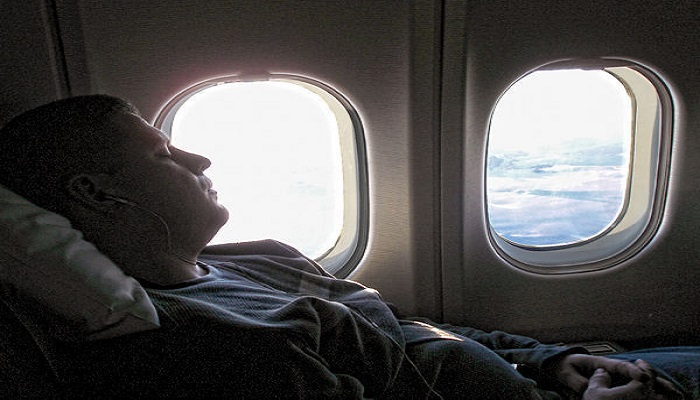
You know that feeling don’t you? You step off the plane, full of excitement and anticipation after a long flight. And you are smacked in the face with fatigue. You had got very little sleep and your body feels like it is hung over. How nice it would be, you think, to settle yourself down into bed right about now. But it is lunchtime in your new home – hello jet lag!
When you travel and your time zone shifts more than two hours, especially going east, jet lag is often a constant companion. Moving around day and night really confuses your body’s biorhythm. The more time zones you cross, and the more stops you make, the worse it gets. The best thing to do when you know you will be travelling long distances is to have a half to full day period of time to adjust. This way you can start adapting your sleep-wake cycle, body temperature, blood pressure, digestion, and other bodily functions to the new time zone.
Here are 6 top tips to beat jet lag:
- Know your enemy !
Our body clocks expect light and darkness at certain times, and behave accordingly. Crossing time zones jolts these circadian rhythms, so start by understanding and anticipating that.
Jetlag is temporary, with symptoms ranging from disturbed sleep to fatigue, stomach and bowel problems, a ‘spaced-out’ sensation and mood changes.
Symptoms last around a day for every time zone you cross, and get worse the further you fly, especially if travelling towards east.
- Schedule sleep
Try to get a few good nights’ sleep prior to flying.
Some travellers tweak their schedules before they leave (going to bed an hour earlier each night, for instance), but this isn’t always possible.
Splashing out on Business Class is an obvious boon, if you can afford it.
- Live on local time
Set clocks to local time at your destination before you board the plane.
Try to sleep and eat in that time zone during your flight (eye masks and headphones may help), but don’t ignore the need to rest. When you land, resist the urge to sleep until night-time — a short nap may be required, but no more. This is essential !
- Stay hydrated
Flying is inherently unhealthy. Dry air, cramped seating, dodgy diets, and that’s not even starting on the stressful logistics of getting from A to B.
Flying on a modern aircraft with higher-tech light and humidity systems – like the A350, A380 or 787 Dreamliner – can help lesson the symptoms of jetlag.
When flying, cut down on alcohol and caffeine and drink lots of water. On long flights, add a rehydration sachet (e.g. Dioralyte) to counter fluid, salt and mineral loss.
- Think of your tummy
Your body doesn’t just have expectations regarding when to sleep and wake. It is also attuned to your regular rhythms of eating and bowel movements, both of which are thrown out of sync when you take a trip across several time zones.
Jetlag can include constipation or stomach problems, so eat healthy and tweak your eating times along with sleep patterns.
It is not always possible to have in-flight mealtimes correspond with your destination time zone, but certainly eat in sync with local time as soon as you arrive.
- Exercise
It is a quick and easy shot of endorphins. Walk and stretch on the plane, and get outdoors when you arrive to recharge on daylight and fresh air.
The key is to get into the sunlight, give your body a jolt, and keep those peepers open until bedtime at your destination.
- After you get home
Swinging from holiday highs to the norms of the 9-to-5 can result in post-travel blues, but did you know jetlag can provoke mood changes too?
Don’t expect sympathy — friends and family won’t appreciate a moody pants jetting in from a dream destination — but understanding the physiology behind your feelings can go a long way towards helping you through them.
If possible, schedule a few days or a weekend off after you get home to help the transition. If symptoms persist, see your general practitioner, who may prescribe medication to help.

Post Your Comments